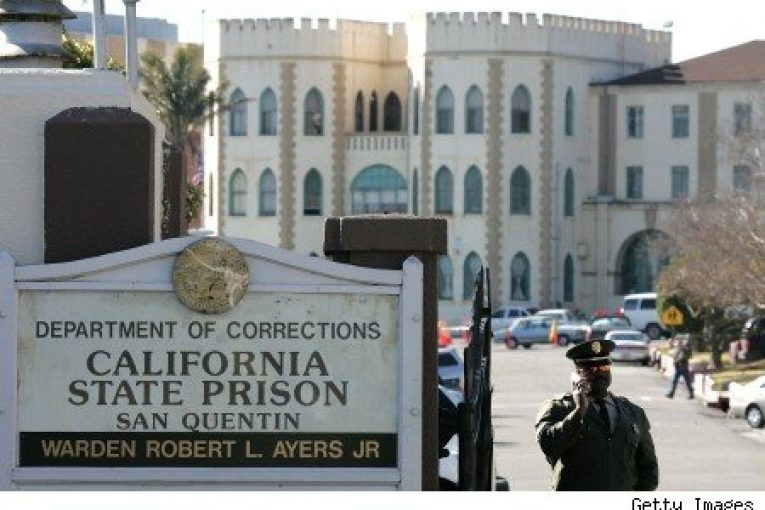
By Jaskiran Soomal
This report is written by the Covid In-Custody Project — an independent journalism project that partners with the Davis Vanguard to bring reporting on the pandemic in California’s county jails and Department of Corrections and Rehabilitation (CDCR) to the public eye. Refer to our website to view and download the raw data.
This account is part 3 of the Covid In-Custody Project’s series on COVID-19 stories from CDCR. Click here for part 2 and here for part 1.
“We are all painted with the same brush”
Steve* has been incarcerated at San Quentin since 1983 and eligible for parole since 1997. He shared his experience battling COVID-19 in an interview with the Covid In-Custody Project.
San Quentin has had 2,243 cases and 28 COVID-19 related deaths, the third highest cases count and highest death toll respectively across CDCR.
Steve tested positive during the first COVID-19 wave in July. He was subsequently sent to the “hole” for quarantine that lasted 2 months.
He said, “If someone is thought to be positive, they are basically punished by being placed in isolation. This happened to me, I was told that I would be in quarantine for 10 to 12 days…This was a lie. I was held in the hole for 60 days…”
He added that the nurses did not notice him for the first 10 days. None of them could offer a clear answer regarding the medical protocol for positive patients or justify a 60 day quarantine.
He was finally released and allowed to return to his cell after continuously reminding them that he was well past his 14-day quarantine. Many others have undergone indefinite quarantine, which has become akin to solitary confinement. “The distrust of medical is overwhelming,” he says.
“Absolutely no medical care is provided to those who test positive unless they are so ill they require hospitalization,” he adds.
Regarding testing, Steve says tests are only being administered for those who were not positive in the past. These tests are offered once every week or two.
CDC guidelines recommend upper respiratory tests for initial diagnosis of COVID-19. However, numerous reports have emerged of jails and prisons using nasal swabs instead of nasopharyngeal tests. At San Quentin, Steve says, “Inmates are handed a swab which they place shallowly in their noses. No deep swabbing.”
Nasal swabs and self-testing are known to have a higher false negativity rate. Steve and others have also questioned the accuracy of the tests, as they have observed a high number of false positives and false negatives.
He states that nurses visit housing units placed on full quarantine twice a day offering temperature checks, however, many decline them to avoid solitary confinement-style quarantines if they show a higher temperature or subsequently test positive.
Several accounts from San Quentin have highlighted the widespread medical negligence by prison and medical staff. He says, “The administration is forcing people who have thus far tested negative, to live with people who have tested positive but are considered to be “resolved”. This is nothing less than medical experimentation.”
Further, there is heavy movement of staff between housing units and buildings that could be introducing or spreading the virus. Steve adds, “Every 8 hours, there is a change of shift. There are between 1,000 and 1,200 staff members who come and go. The odds of staff bringing in the virus is off the charts. There is no actual staff testing, they are simply asked how they feel. There are random temperature checks but those are likely to be as inaccurate as the ones done to inmates.”
He explains how death row is a highly isolated housing unit and only staff members are permitted to go in and out. Therefore, he says, “COVID-19 could only have reached death row via staff. Many of us believe this was intentional.”
Over 6,000 individuals are eligible for medical release under Gov. Newsom’s early release programs, only 40-60 people have been released thus far according to Steve. He adds, “It’s interesting to note, that in a state of over 40 million residents, 6,000 people could easily be released without even being noticed let alone cause a threat to public safety.”
Many residents have filed appeals to re-evaluate their eligibility for medical release. However, “CDCR has always, routinely, ignored all time limits for their responses to appeals,” he concludes.
* Name changed to protect identity